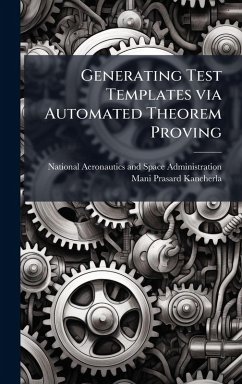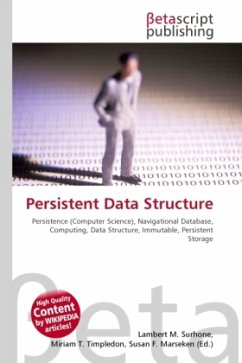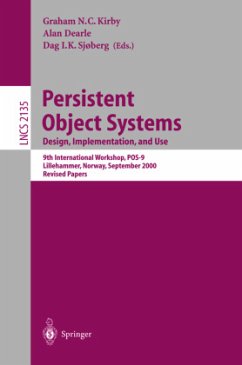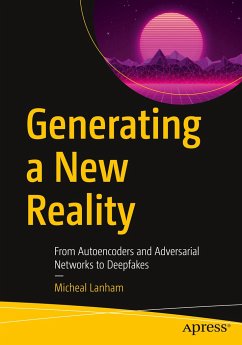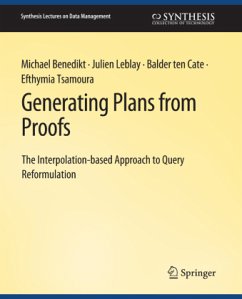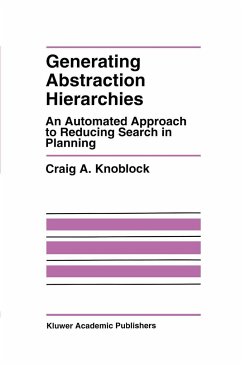
Generating Executable Persistent Data Storage/Retrieval Code From Object-Oriented Specifications
Versandkostenfrei!
Versandfertig in über 4 Wochen
28,99 €
inkl. MwSt.
Weitere Ausgaben:

PAYBACK Punkte
14 °P sammeln!
This research creates a methodology and corresponding prototype for the transformation of object-oriented (00) specifications to represent the corresponding relational schemas that are used to automatically generate database design language (DDL). The transformation design decisions and specifications are then used to generate database manipulation language (DML) that can be embedded within the software application code generated from the same 00 specifications. This concept of developing a model for producing compliable and executable code from formal software specifications has long been a g...
This research creates a methodology and corresponding prototype for the transformation of object-oriented (00) specifications to represent the corresponding relational schemas that are used to automatically generate database design language (DDL). The transformation design decisions and specifications are then used to generate database manipulation language (DML) that can be embedded within the software application code generated from the same 00 specifications. This concept of developing a model for producing compliable and executable code from formal software specifications has long been a goal of software engineers. Previous research at the Air Force Institute of Technology (AFIT) has not focused on the representation of persistent data from 00 software specifications. Relational databases are historically among the most popular methods of managing persistent data associated with software systems. This work has been selected by scholars as being culturally important, and is part of the knowledge base of civilization as we know it. This work was reproduced from the original artifact, and remains as true to the original work as possible. Therefore, you will see the original copyright references, library stamps (as most of these works have been housed in our most important libraries around the world), and other notations in the work. This work is in the public domain in the United States of America, and possibly other nations. Within the United States, you may freely copy and distribute this work, as no entity (individual or corporate) has a copyright on the body of the work. As a reproduction of a historical artifact, this work may contain missing or blurred pages, poor pictures, errant marks, etc. Scholars believe, and we concur, that this work is important enough to be preserved, reproduced, and made generally available to the public. We appreciate your support of the preservation process, and thank you for being an important part of keeping this knowledge alive and relevant.



